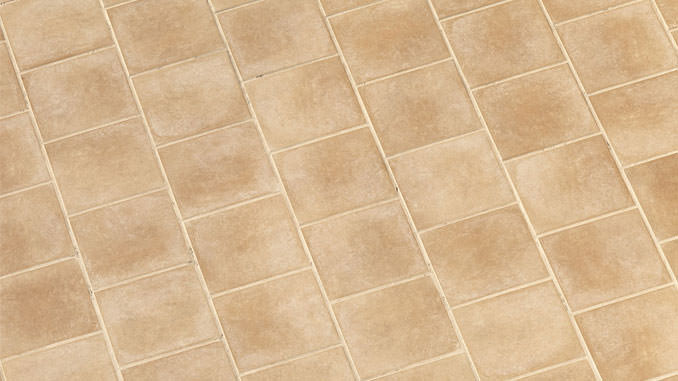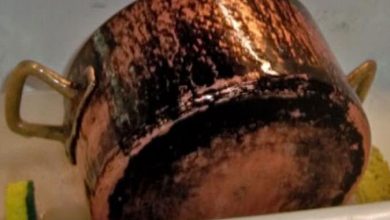
Clean the grout from the floor in a few steps
Renovations, such as installing a fireplace in the living room or tiles in the bathroom and kitchen, inevitably leave their traces on the floor of the house. In particular, if left in prolonged contact with ceramic, cement and grout can cause halos that are difficult to eliminate.
In this guide, we see how to clean the grout from ceramic floors without causing damage in a few steps.
Test on a small area
I recommend always testing any method, on a small inconspicuous area of the floor, before proceeding on the entire surface to be treated to ensure you do not create irreparable damage. The less aggressive method (described in step 2), switch gradually to more abrasive products and tools (following steps) only if a good dose of elbow grease does not give results.
The tools for purely mechanical removal of grout from ceramic, in order of increasing aggressiveness, are a common sponge (soft, non-abrasive), a scratch-resistant nylon sponge, a flattened wooden stick (perfect material to prevent any scratches), an abrasive sponge, a steel wool cloth, a razor blade.
Moisten with warm water
After moistening the area to be treated with hot water, use the tools listed in the first step starting from the least aggressive one (the sponge). With elbow oil and a good dose of patience, try to remove accumulations of stucco and halos.
Pay particular attention to the last 3 options (abrasive sponge, steel wool, and razor blade), which could scratch or leave traces and dark abrasion spots. Hold the chosen tool by tilting it as much as possible with an acute angle to apply the least possible pressure.
Cover with vinegar
To remove small isolated specks and thin layers of grout, vinegar is normally an excellent ally. It contains a volume of acetic acid sufficient to dissolve the bond between grout and tile without being aggressive. Let’s see how to proceed.
First, vacuum the entire floor carefully to remove any traces of dust. Use a sponge to spread enough vinegar evenly to cover the area to be treated completely. Let the grout absorb the vinegar for at least 30 minutes.
If you are operating in summer and the heat evaporates it, repeat the application several times to keep the area moist. When you notice that the grout starts to soften, rub the floor with a soft brush, sponge, or special abrasive felt.
Rinse with clean water. Wash with water and detergent (preferably Marseille soap). Rinse one last time to make sure all the acid has been removed.
Dab with phosphoric acid
To remove large quantities or thick layers of grout, you will have to resort to a more powerful acid product. Usually, phosphoric acid is used, normally used to clean masonry works.
With a spatula, a scraper, or the tip of a flat screwdriver, try to remove as much grout as possible. Apply phosphoric acid (diluting and buffering if necessary), carefully following the instructions on the package.
As soon as the grout begins to detach, rub the treated area until completely removed. As in the vinegar case, then proceed with a thorough washing with water, then water and soap, and finally rinse. If the tiles to be cleaned are glazed, use acid products with extreme caution, as they may alter the color and damage the finish.
Use a muriatic acid solution.
As an extreme ratio, you can use a water-based solution and 10% acid descaler (type muriatic acid), dilutable in water depending on the type of material on which to use it.
In the latter case, remember always to wear glasses and gloves to protect the skin and eyes, ensure good ventilation for the harmful fumes emanating from the acid, pay particular attention not to touch the joints between the tiles. Some terracotta, stoneware, and stone delicate and porous, do not stand any acid product. In case of doubt, contact a professional.




